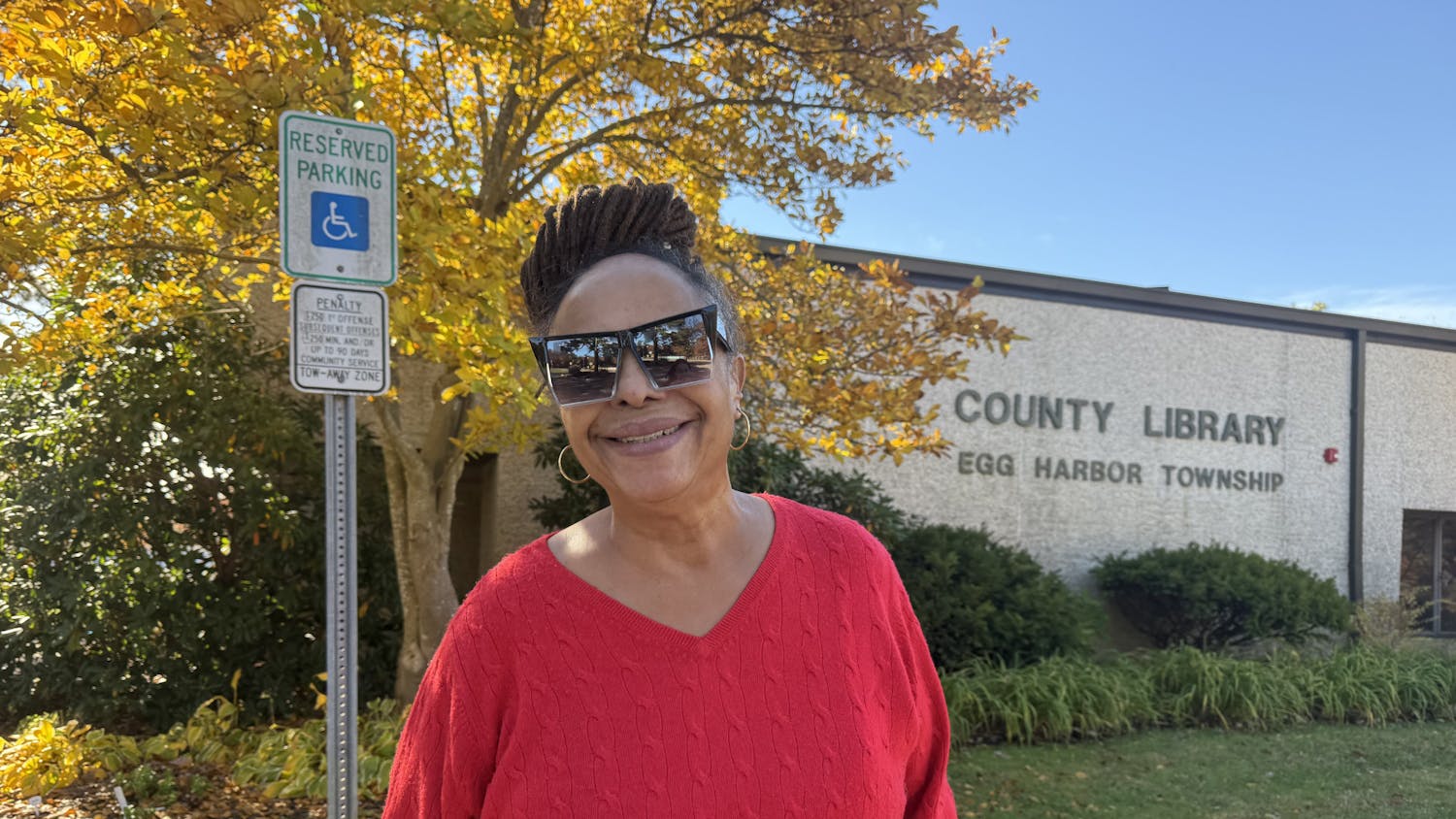By Jessica Ganga
Features Editor
For many students at the College, Welcome Week was the perfect way to ease into their first semester away from home. From making friends across the hallway to learning all the campus lingo, students could rely on community advisors and the College’s ambassadors to help them assimilate throughout the week.
The College has programs in place to help new students, but many transfer students express that what is offered to them is just not enough.
Senior math major Rose Costanzo, who transferred to the College in 2013, is president of the Student Transfer Association, a club on campus that helps transfer students get acclimated to their new environment.
Costanzo said that the School of Science made her feel welcome in the beginning of her first semester, with the help of former Assistant Dean Pat Van Hise.
“Within the first month, they had a reception for all the transfer students,” Costanzo said. “At the reception were transfer mentors… There was faculty and the dean was there. Everyone gave me advice to think about.”
While some students turn to mentors, others rely on faculty members to help them get comfortable at the College.
Freshman music education major Lorena LiMato was grateful that the faculty in the music department were very welcoming.
“As far as I know, there are no mentors in my department for transfer students,” LiMato said. “Everyone was super friendly and we are like a family.”
Although LiMato is happy with how the music department responded, senior communication studies major Lindsay Wallman, who transferred in fall 2013, felt lost when she began attending the College and said there wasn’t a lot done to help her.
“(The College) didn’t do anything that made me feel included,” Wallman said. “I felt as though I was being thrown into the school without knowing where I was going or how I was to get there.”
Now, the College is implementing new ways to make the transition easier for transfer students. Each year, there is an average of 250 students transferring to the College in the fall and 150 students in the spring, so it is important that there are made to feel welcome.
Tim Asher, director of student activities, explained that there is a proposal to create a Transfer Welcome program, something transfers stressed the need for upon arriving at the College because they don’t receive a Welcome Week like most freshmen do.
“The new Transfer Orientation/ Welcome Program… will definitely take place before classes begin each semester,” Asher said. “It may be another semester before transfer students starting classes during spring term are permitted to move-in early, but we are hopeful this will occur.”
Asher hopes that a two-day Welcome Program will help transfer students get to know different areas of the campus better and understand what the school has to offer, like sports, study abroad opportunities and student organizations.
“To help out transfer students transition and stay engaged, we are creating an exciting new group of student leaders,” Asher said. “These students leaders will be known as Griffins, the mythical protectors of Lions.”
Asher went on to explain that the Griffins will be composed of transfer students that have already gotten assimilated to campus life and will be part community advisor, part ambassador. They will all be experts on PAWS, College acronyms and engagement specialists. These students will have enough training and knowledge about the school to help transfer students with any problems that arise.
Many transfers still long for a way to make socializing with other students easier.
According to Costanzo, transfer students have to force themselves to make friends and that it depends on the personality type of the student. For Costanzo, she said it was easy because she’s outgoing, but others, like Wallman, had trouble in the beginning.
“My biggest obstacle was fear,” Wallman said. “To come into a school where everyone already knows each other... is intimidating. I was so worried about not fitting in that I ended up isolating myself.”
It is difficult for most transfer students to meet new people, Costanzo said, due to where they are placed upon receiving housing. Many transfer students are placed in upperclassman dorms. The experience of living in an upperclassman dorm is different than living in Travers or Wolfe halls — people aren’t as willing to get to know their next door neighbor in the upperclassmen dorms.
According to William Petrick, assistant director of Residential Education (ResEd) for the Sophomore Year Experience and Upper-Class Experience, the dorms provide opportunities for transfers to meet each other through various programs.
“There was a ‘Transfer Orientation’ program in the apartments designed to bring students together in a meet-and-greet format that attracted over 30 participants,” Petrick said. “In the Townhouses, there was ‘Transfer Meet ‘N Greet’ that attracted around 11 participants.”
ResEd is also trying to change how it handles incoming transfers, something staff members have begun this year. Petrick explained how ResEd has provided specific training for staff that are working in areas where transfers would be housed.
Both Petrick and Asher explained how it is important to not just look at transfer students as one cohort, but to understand that every single one has an individual story for why they transferred.
“What I believe is truly meaningful and reflective of the continued work we do is the underlying message that we truly care about each student and their experience,” Petrick said. “This message continues to drive us to provide efforts that address the needs of our transfer population.”







